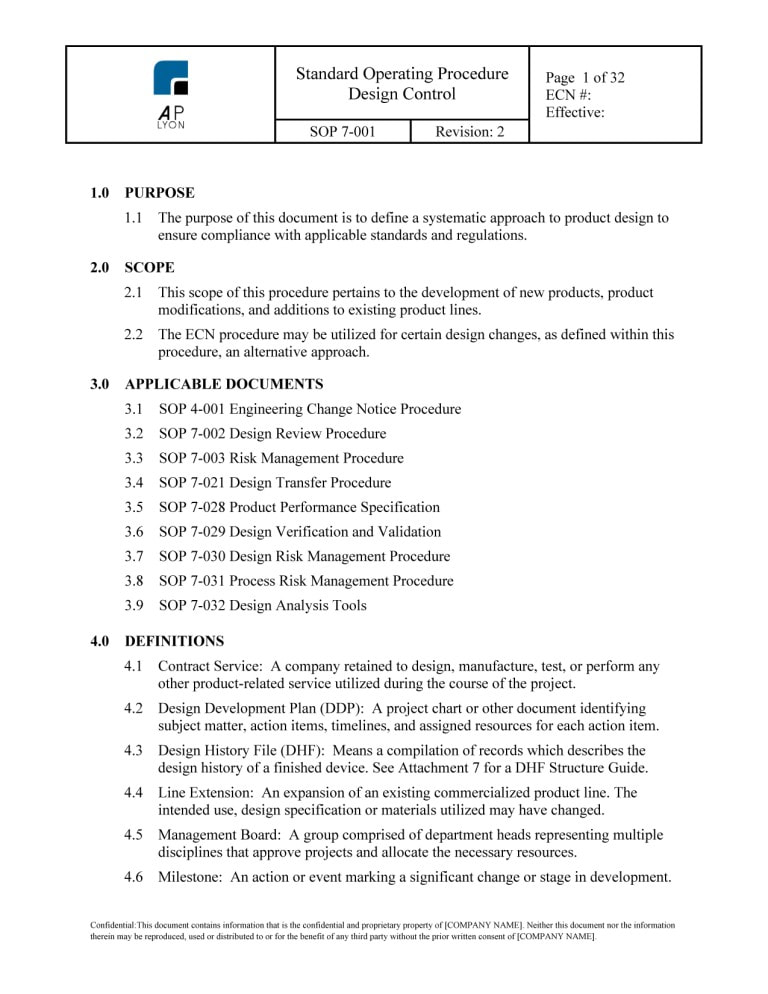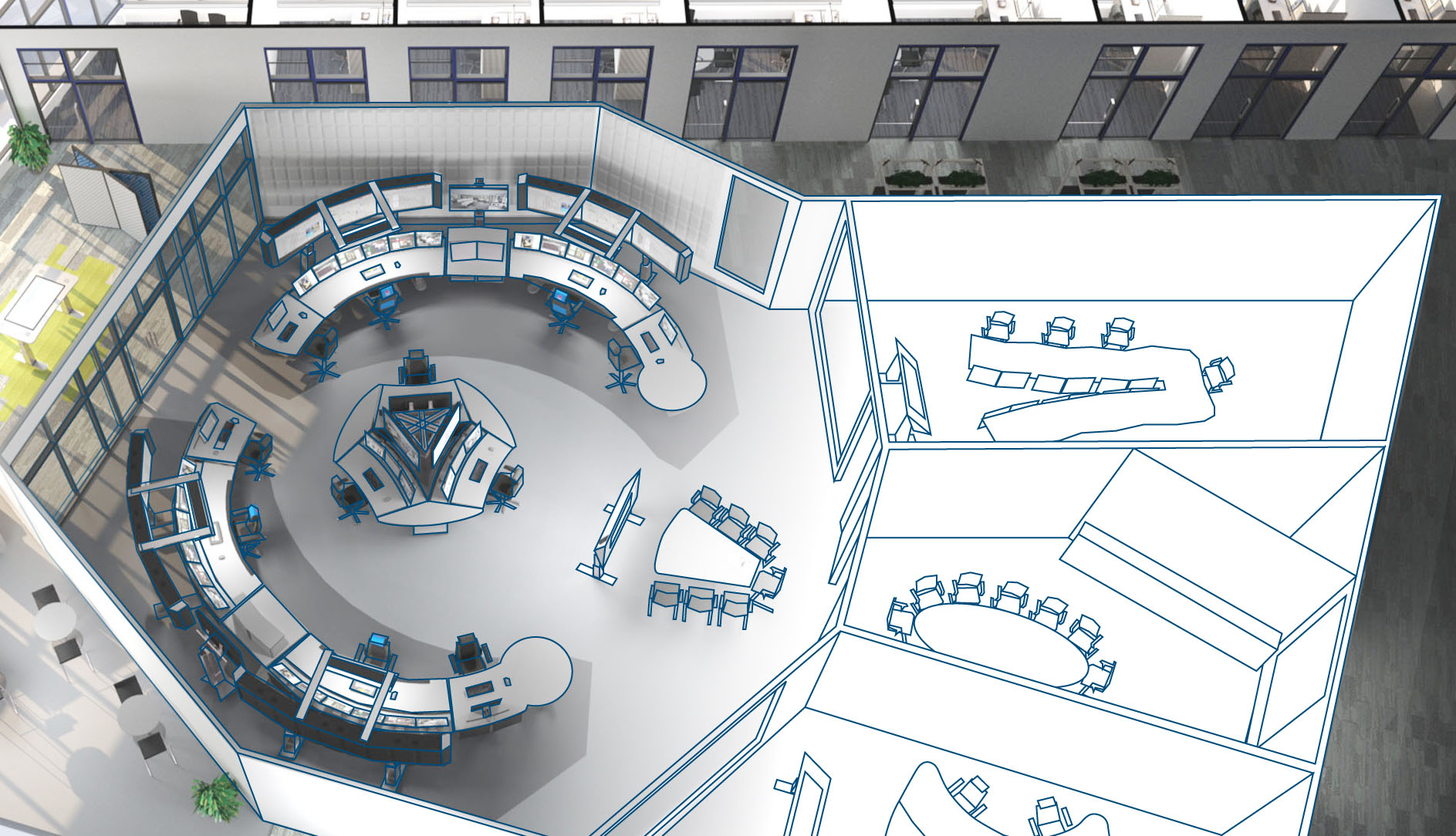Table Of Content
- Design Output
- Medical Device Design Inputs, Outputs, Verification, and Validation –What Do They All Mean?
- Adopt a Unified Approach
- Repository files navigation
- Trajectory Tracking Control Design for 4WS Vehicle Based on Particle Swarm Optimization and Phase Plane Analysis
- The Device and Its Intended Function

The guidance provides an option described on page XX that is not available to manufacturers distributing devices in the U.S. That option is to neither validate nor fully verify a low-risk manufacturing process, but to accept the risk. We repeat, neither validating nor fully verifying a low risk process is not an option for manufacturers who distribute devices in the U.S. The Quality System Regulation requires that manufacturing processes be validated if they cannot be fully verified. PMA submissions should include a complete description of design controls that the manufacturer implements to comply with the QS regulation. If this information is lacking, FDA cannot complete the premarket review process.
Design Output
ComplianceQuest’s Key Solutions take cognizance of the regulatory and competitive environment where quality, cost, compliance, and customer relationship are the key determinants of success. The key components are also modular, allowing the business to choose to implement any based on their business goals and priorities. Each manufacturer shall establish and maintain procedures to ensure that formal documented reviews of the design results are planned and conducted at appropriate stages of the device's design development. The results of a design review, including identification of the design, the date, and the individual(s) performing the review, shall be documented in the design history file (the DHF). The documentation must identify and describe all the parameters that can impact the device design. At the end of each stage, all the generated documents must be reviewed, and approved according to the organization’s approval matrix.
Medical Device Design Inputs, Outputs, Verification, and Validation –What Do They All Mean?

Design validation is performed to provide objective evidence that device specifications (outputs) conform with user needs and intended use(s). Design validation must be completed before commercial distribution of the device. Confirm that acceptance criteria were established prior to the performance of verification and validation activities. Verify that the design outputs that are essential for the proper functioning of the device were identified. FDA has prepared a guidance document to assist manufacturers in preparing and maintaining manufacturing information required in PMA and PMA supplements. Packaging Design has a significant impact on a product’s sortability, and therefore recyclability.
Adopt a Unified Approach
As R&D engineers Design Controls impact us mostly during product development (I include changes and modifications to the design in this activity). It is important that product development normally consist of much more than Design Controls. As an example prototypes should be created before Design Controls are started (more on this topic in “Design Controls and Lean”). Note that Device Master Records (DMR) are commonly mixed up with DHF. The DMR is a "recipe" for the device including drawings, specifications, and work instructions, whereas the DHF represents the activities supporting its development. To make matters more confusing there is also the Device History Record (DHR) which is maintained to house all of the records specific to each batch/lot of devices.
Maintaining Device Master Record with Alternates and Substitutes
Regional Wealth is basically how much cash your town’s families have on hand. Confusingly, it doesn’t have anything to do with your town’s marketplace. Instead, as the name implies, it’s about wealth instead of just money and that wealth comes from either exporting surplus goods or just from upgrading burgage plots. Manor Lords is complex, fidgety, and more than a little impenetrable.
Each manufacturer shall establish and maintain procedures for validating the device design. Design validation shall be performed under defined operating conditions on initial production units, lots, or batches, or their equivalents. Design validation shall ensure that devices conform to defined user needs and intended uses and shall include testing of production units under actual or simulated use conditions. Design validation shall include software validation and risk analysis, where appropriate. The results of the design validation, including identification of the design, method(s), the date, and the individual(s) performing the validation, shall be documented in the DHF.
City Council approves changes to Mayfair Development Master Framework Plan, Design Control Documents - Community Impact
City Council approves changes to Mayfair Development Master Framework Plan, Design Control Documents.
Posted: Tue, 02 Jan 2024 08:00:00 GMT [source]
Repository files navigation
When you get to Design Verification, your goal is to prove your Design Outputs meet the Design Inputs. Design Verification is all about demonstrating you correctly designed your medical device. Remember Design Inputs are the roadmap used to design and develop your medical device. Design Inputs describe everything that is important and required about your medical device. Considering how you will verify will have a profound impact on the content of Design Inputs. You should definitely put thought into how you will prove your medical device will be verified when you define Design Inputs.
Simply put, design control is focused on design input and output. Design Controls can be complicated—let Qualio simplify it with software designed specifically for the medical device industry. Our industry experts created a platform that can help your medical device company navigate requirements, and we’ll also provide you with direct access to those experts who can give you valuable guidance. Contact us today to set up a demo of our design controls software.
The Device and Its Intended Function
All about making sure you have proven your medical device meets the requirements you define. It is important that you design and develop a medical device that is safe. FDA, European Commission, Health Canada, and all other regulatory bodies throughout the world will want some assurances that your medical device is safe before you bring the product to market.
These production units (maybe the first) are then put in the hands of end users. So all those Design Outputs (the preliminary DMR) need to be converted to the production environment and used by production personnel to assemble devices. Design Outputs have a huge impact on the future state of your medical device. As you establish the Design Outputs, you need to show how these relate and link to the Design Inputs. Do so with a Design Controls traceability matrix (as discussed earlier). There are things like industry standards, regulations, and competitive products that you should also consider when it comes to defining Design Inputs.
Here you’re testing packaging, transport, and more for anyone who may come into contact with your end product. FDA requirements for design review, according to 820.30(e), include the following. How are you going to go about designing & developing your device?
With Design Validation, you need to figure out how to prove that your product accomplishes this. Although testing is not the only way to conduct Design Verification. You might also be able to employ inspection and analysis as acceptable methods for Design Verification. All Design Controls must be included as part of a Design Review. As noted, I cannot for certain tell you exactly when to have Design Reviews.
Design Controls began when the FDA authorized the Safe Medical Device Act of 1990 to expand the scope of current Good Manufacturing Practice (cGMP) to impose more control over the development process of medical devices. The intention was to avoid uncontrolled changes during the design process and afford more predictability to ultimately avoid previously unforeseen problems. Formal design reviews are planned and typically conducted at the end of each design stage or phase, or after completion of project milestones. The number of reviews is dependent on the complexity of the design. A single review may be appropriate at the conclusion of the design project for a simple design or a minor change to an existing product.
You may think this can be done in Excel quite easily early on in product development but as the project nears market release, these relationships will become increasingly complex. Let me spend a few minutes talking to you about Design Outputs being a recipe for your eventual product and how these contribute to figuring out how to actually design and develop your medical device. Because of this, you should definitely consider how you plan to verify your product design at the time when you are documenting Design Inputs. If the architecture of your medical device “system” is somewhat complicated in nature, consisting of multiple sub-systems, it may be beneficial to establish a hierarchy for your product. Regardless of product development methodologies and approaches used, demonstrating Design Controls as defined by FDA and ISO are still a requirement.
When you ask an experienced medical device product developer to describe Design Verification, it’s likely you will hear this described as testing. It is 100% okay that Design Inputs iterate and evolve throughout the product development process. It is 100% okay to use placeholders and language such as “to be determined” when first drafting Design Inputs. Taking Design Verification into consideration when defining Design Inputs will also help your product development efforts.

No comments:
Post a Comment